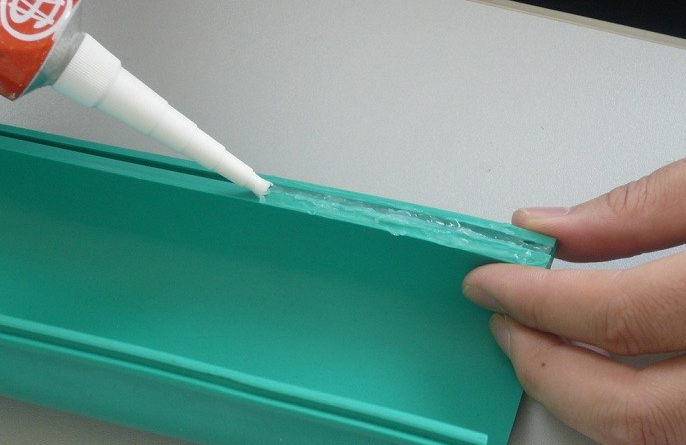


In industrial production, adhesives are widely used to connect and fix various materials. Whether in the manufacture of electronics, electrical appliances, automobiles, or in everyday life, adhesives are indispensable. However, the use of adhesives is not as simple as simply applying them to the surface of an object. In order to ensure optimal bonding and prolong the life of the product, the correct application procedure is crucial. Below, we will provide you with a detailed overview of the correct application procedures for adhesives.

1. Preparation
Before using the adhesive, the first thing you need to do is to prepare the surface. Make sure the surface to be bonded is clean, dry and free of grease, dust or other impurities. You can use detergent or alcohol to wipe the surface to ensure that the surface is flat, to avoid impurities affect the bonding effect. At the same time, check the expiration date of the adhesive, the expiration date of the adhesive may lead to a decrease in bonding strength.
2. Select adhesive according to need
There are many types of adhesives on the market, different materials and use of the environment requires different types of adhesives. For example, the electronics industry commonly used conductive adhesive, while the construction industry uses structural adhesive. Therefore, before use, according to the need to choose the right adhesive, to ensure that it has the required bonding properties and durability.
3. Precise adhesive application
According to the type of adhesive, choose the appropriate application method. Generally speaking, you can use tools such as scraper, spray gun, roller or syringe to apply the adhesive precisely. Avoid too much or too little adhesive; too much can lead to spillage, while too little may not achieve the desired bonding effect. Applying an even and appropriate amount of adhesive will ensure full contact between the bonding surfaces and increase bond strength.
4. Bonding and fixing
Quickly align and bond the parts that have been coated with adhesive. At this point, make sure they are aligned and apply gentle pressure to help distribute the adhesive evenly. If necessary, use clamps or tape to secure the parts to ensure that they do not move while the adhesive is curing to avoid compromising the bond.
5. Curing time
Different types of adhesives take different amounts of time to cure. Generally speaking, heat-cured adhesives take longer to cure, while room temperature cured adhesives may cure in a few minutes to a few hours. During the curing period, avoid applying any external force to the bonded parts. Refer to the adhesive's product specification for specific curing time to ensure that it is fully cured before proceeding with subsequent operations.
6. Cleanup
After the adhesive has cured, if there is any overflow or excess adhesive, you can gently scrape it off with a spatula to avoid affecting the appearance. For adhesives that have not yet cured, they can be cleaned with solvents. Ensure that the work area is clean to avoid adverse effects of adhesive residue on other parts.
Summarizing
The correct use of adhesives not only improves work efficiency, but also ensures product quality and durability. Choosing the right adhesive, applying it precisely, curing it properly, and cleaning it up in a timely manner are all essential steps. Understanding and mastering the correct use method can maximize the advantages of the adhesive and ensure the long-term stability of the bonding effect. If you have any questions during the use process, you can refer to the adhesive product manual or consult a professional to ensure that you can achieve the best results every time you operate.
Email to this supplier